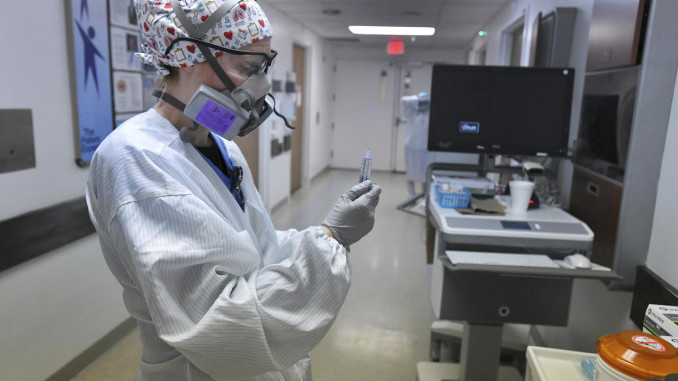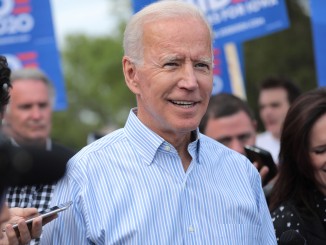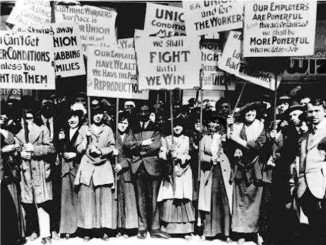
A recent study conducted by the Commonwealth Fund analyzed the healthcare systems of 11 high-income countries, including the United States. The study analyzed five metrics of healthcare and found that, despite spending the largest portion of its gross domestic product (GDP – basically all goods and services) on healthcare, the U.S. ranks last overall, while Norway, the Netherlands, and Australia were the top performers.
The study identified specific metrics the U.S. performed poorly in: the unaffordability of care in the U.S.; administrative inefficiency due to insurance restrictions and medical bill-related paperwork; the inequity of care, with the largest income-based disparity of any country studied; and poor health outcomes, with the U.S. having the highest infant mortality, lowest life expectancy after age 60, and a high rate of preventable deaths. The study did recognize that the United States rated well on process of care, for the portion of the population that actually had access to healthcare and the ability to pay for it.
What causes the U.S. healthcare system to be so bad compared to the other countries? The study identified universal coverage, equitable availability of primary care systems, reduction of administrative burdens, and investment in social services as features in top-performing countries – features evidently missing in the U.S.
The healthcare system in the U.S. prioritizes profit first, not the health of its residents. It is no surprise that the healthcare systems of other countries which, even though they are also capitalist, have near-universal coverage and better protections against high healthcare costs. So they perform better than health care in the U.S.




